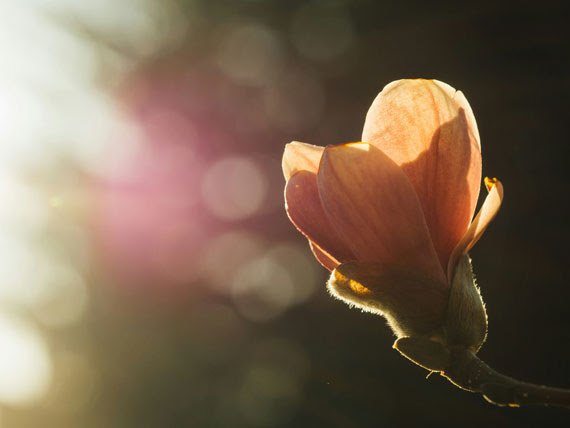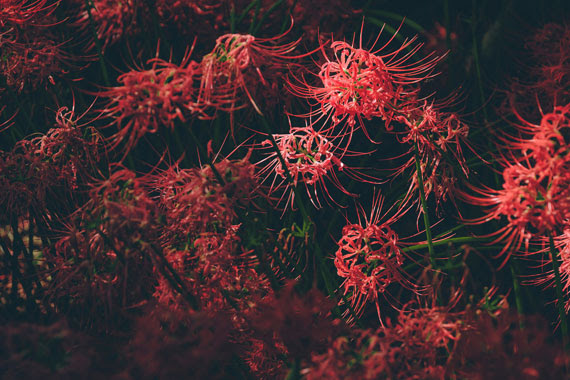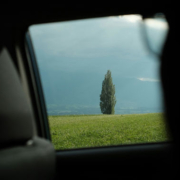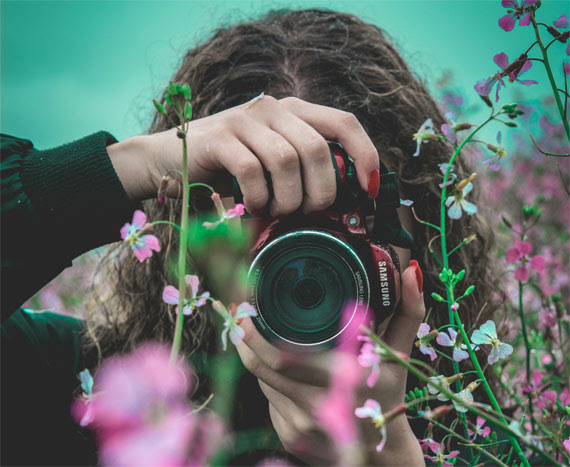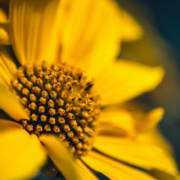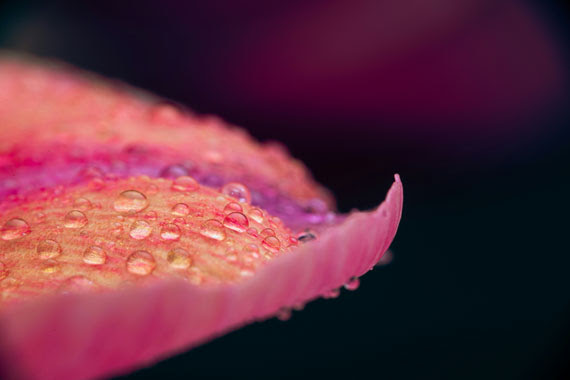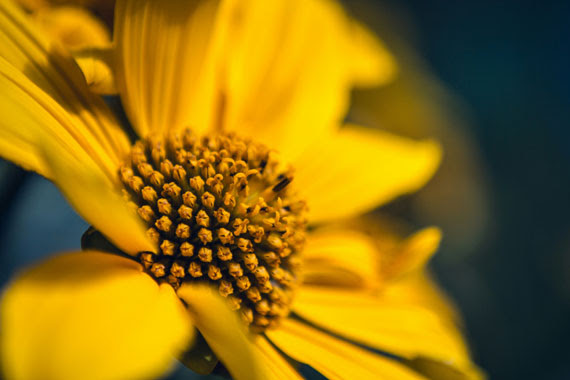Direct vs. Diffused Light in Photography
In the world of photography, light plays a pivotal role in capturing the essence and mood of a subject. The interplay of light and shadow not only defines the structure and depth of the image but also evokes certain emotions, making understanding its nuances crucial for photographers. Among the many characteristics of light that photographers must consider, the distinction between direct and diffused light is fundamental.

Advantages of Direct Light:
- Enhances Texture and Detail: Direct light accentuates textures and details in the subject, making it ideal for highlighting physical features and creating a sense of depth.
- Creates Drama: The strong contrasts and pronounced shadows generated by direct light can add a dramatic effect to your photographs, ideal for certain types of portraiture or dramatic landscapes.
- Control and Direction: Photographers can manipulate the direction and intensity of direct light, allowing for creative control over the composition and mood of the image.
Challenges with Direct Light:
- Harsh Shadows: The intense nature of direct light can create deep, distracting shadows, particularly in portraiture.
- Limited Latitude for Exposure: Direct light can lead to overexposed highlights and underexposed shadows, making it challenging to capture detail across the image.
What is Diffused Light?
Diffused light, on the other hand, is soft and evenly spread. It occurs when the light source is either naturally soft (like on an overcast day) or has been diffused through materials like a softbox or a sheer curtain. This type of lighting reduces the intensity of the light source and scatters it across a wider area, softening shadows and decreasing contrast.

Advantages of Diffused Light:
- Softens Features: Diffused light is flattering for portraiture as it softens skin tones and reduces the appearance of imperfections.
- Even Illumination: It provides even lighting, reducing harsh shadows and helping to maintain details in both highlights and shadows.
- Enhances Color: By reducing contrast, diffused light can help in capturing vibrant, saturated colors, ideal for nature photography or where color rendition is critical.
Challenges with Diffused Light:
- Lack of Drama: While it’s excellent for even, soft illumination, diffused light can sometimes result in flat images lacking in depth and drama.
- Reduced Texture and Detail: The very nature of diffused light that softens features can also diminish texture and fine detail in certain subjects.
Making the Choice
The choice between direct and diffused light should be dictated by the photographer’s artistic intent and the mood they wish to convey. For dramatic, high-contrast images, direct light can be incredibly effective. For softer, more evenly lit scenes, diffused light is preferable.
Understanding and mastering the use of both direct and diffused light can dramatically improve a photographer’s repertoire, allowing for greater creative flexibility and expression. By recognizing the impact of light quality on their subjects, photographers can choose the most appropriate lighting to complement their vision, enhancing the emotional impact and aesthetic appeal of their work.
In essence, both types of lighting have their place in photography, and the best choice depends on the context and the desired outcome of the photograph. Experimentation and experience are key in learning how to use light creatively and effectively to produce compelling images.



